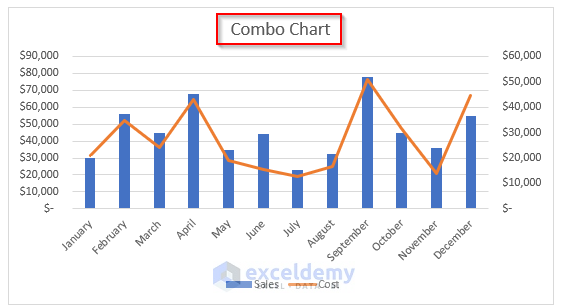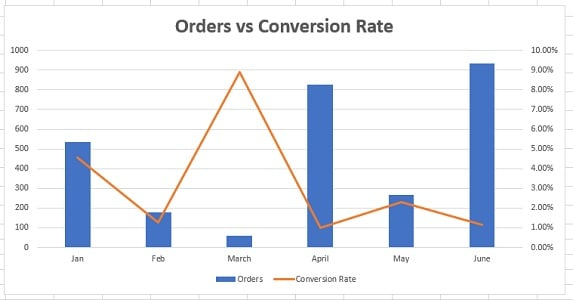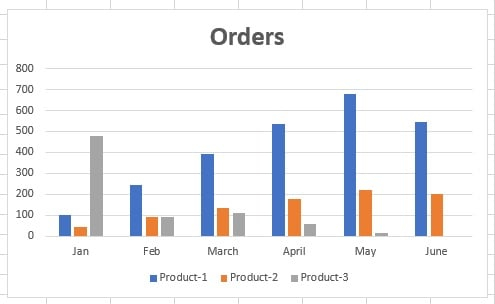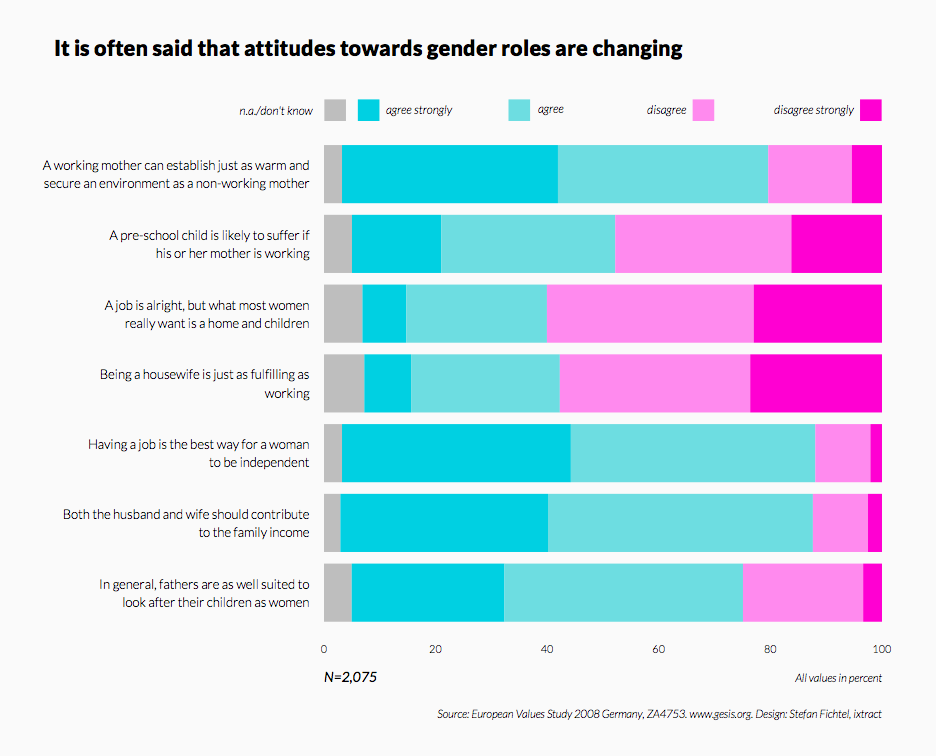One of the most common chart types used to compare multiple categories of data vertically is the bar chart. Bar charts are effective in visually representing data in a way that makes it easy to compare different categories. Each bar in the chart represents a category, with the length of the bar corresponding to the value of that category. Bar charts can be grouped together to show multiple categories side by side or stacked on top of each other for a more compact view. This makes it easy to see patterns and trends in the data at a glance.
Bar charts are versatile and can be used in various scenarios, such as comparing sales figures for different products, analyzing survey results across different demographics, or tracking progress towards goals over time. They are easy to create using tools like Microsoft Excel or Google Sheets, and can be customized to fit the specific needs of your data visualization.
Chart Type To Compare Multiple Categories Of Data Vertically
Column Charts
Another popular chart type for comparing multiple categories of data vertically is the column chart. Column charts are similar to bar charts, but instead of bars, columns are used to represent the data. Column charts are effective in showing comparisons between different categories, with each column representing a category and the height of the column indicating the value of that category. Like bar charts, column charts can be grouped or stacked to compare multiple categories at once.
Column charts are often used in business settings to compare performance metrics, track project milestones, or analyze market trends. They are easy to interpret and can be customized with different colors, labels, and axis labels to make the data easier to understand. With the right formatting and design choices, column charts can be a powerful tool for visualizing data and gaining insights from it.
Stacked Bar Charts
Stacked bar charts are a variation of the standard bar chart that allows you to compare multiple categories of data vertically while also showing the contribution of each category to the total. In a stacked bar chart, each bar is divided into segments, with each segment representing a different category. The height of each segment corresponds to the value of that category, and the segments are stacked on top of each other to show the total value for each category.
Stacked bar charts are useful for visualizing data that can be broken down into subcategories, such as sales figures by product category or survey responses by age group. They provide a clear picture of how each category contributes to the overall total, making it easy to identify patterns and trends in the data. Stacked bar charts can be created using most data visualization tools and can be customized to fit the specific needs of your data analysis.
By using bar charts, column charts, or stacked bar charts, you can effectively compare multiple categories of data vertically and gain valuable insights from your data analysis. Choose the chart type that best fits your data and presentation needs to create visually appealing and informative charts that help you make informed decisions based on your data.
Download Chart Type To Compare Multiple Categories Of Data Vertically
How To Flip Data Vertically In Excel 4 Quick Methods
What Type Of Chart To Use To Compare Data In Excel Optimize Smart
What Type Of Chart To Use To Compare Data In Excel Optimize Smart
Bar Chart For Multiple Response Questions All Response Categories




